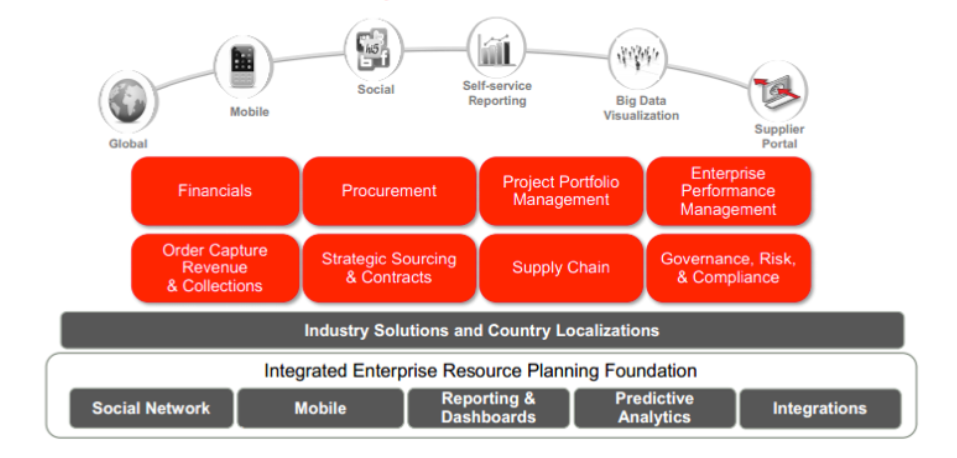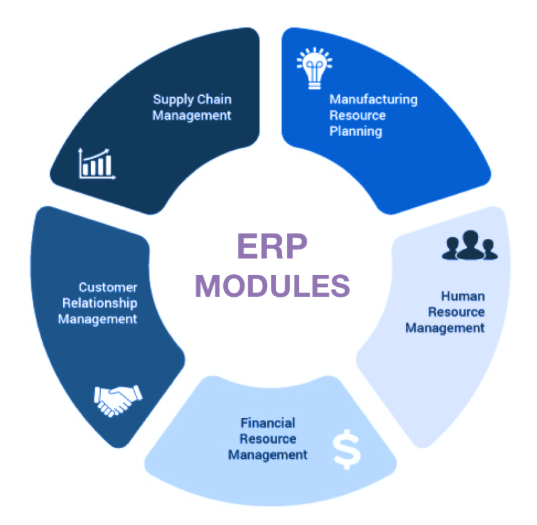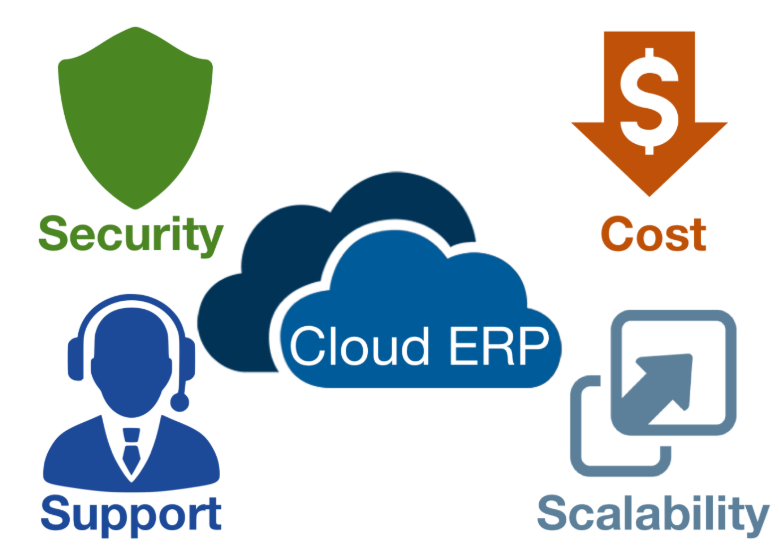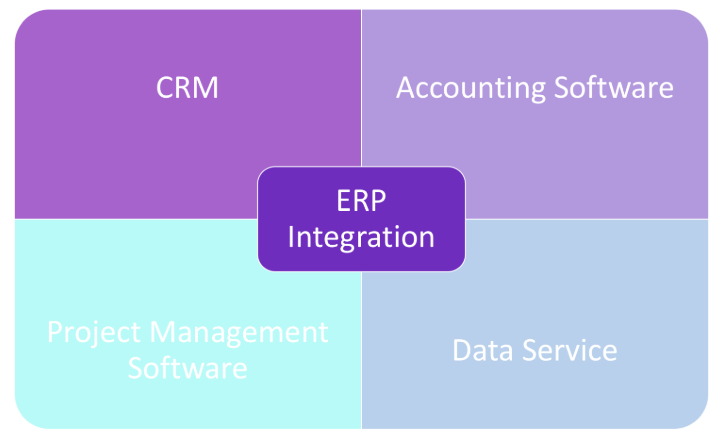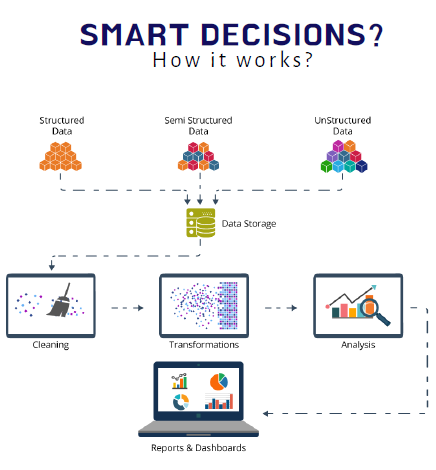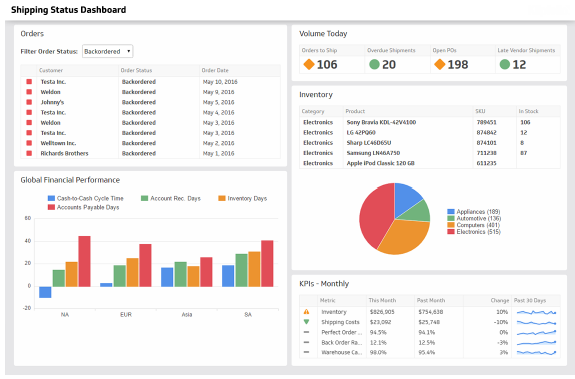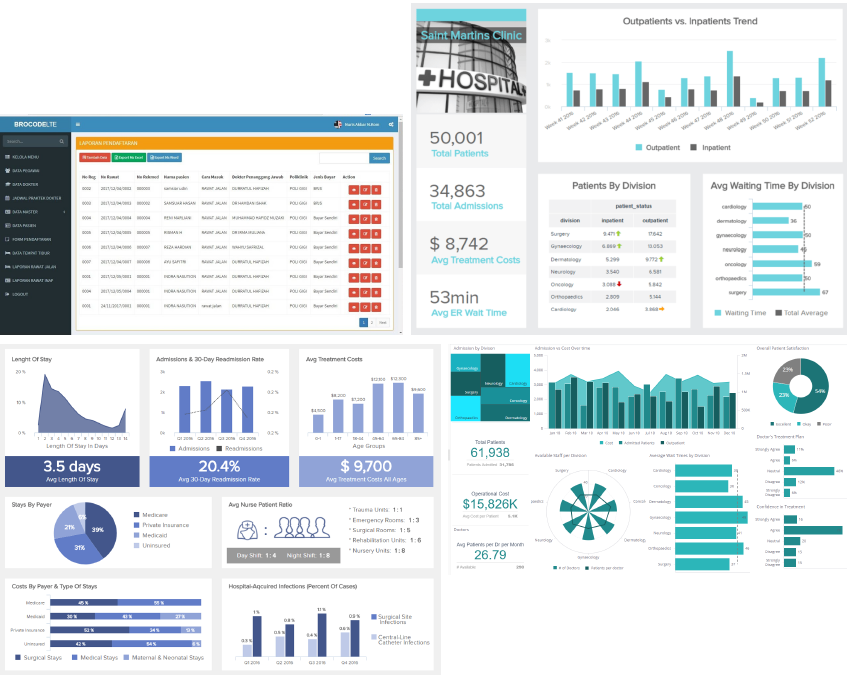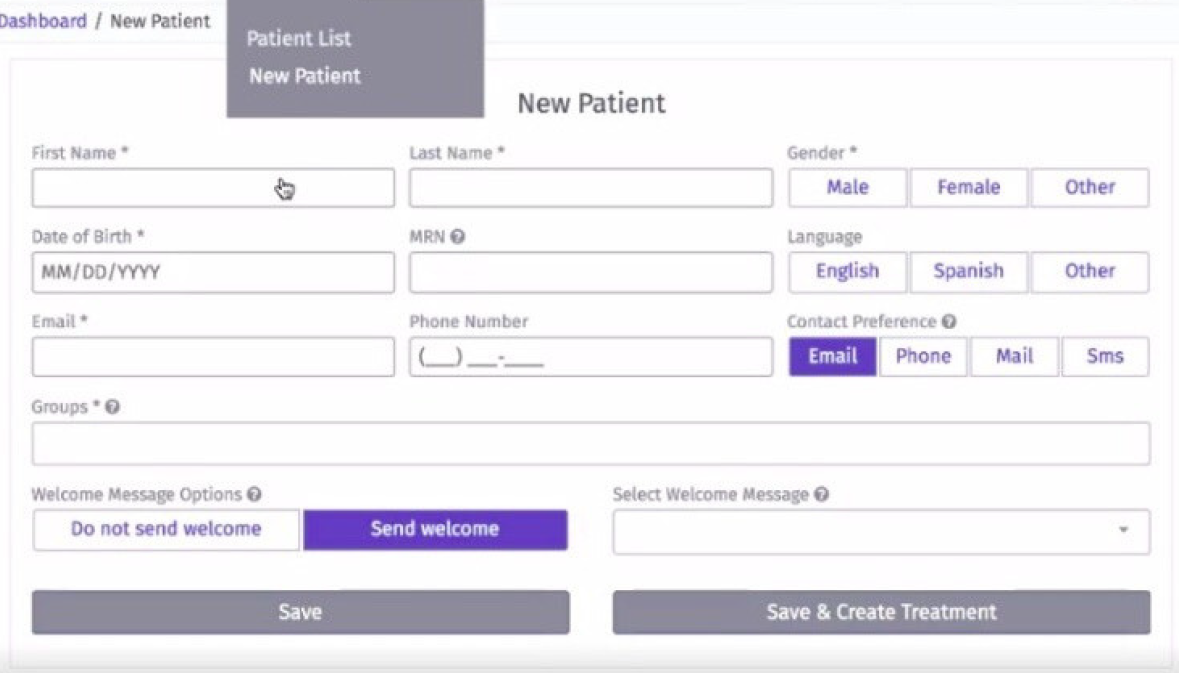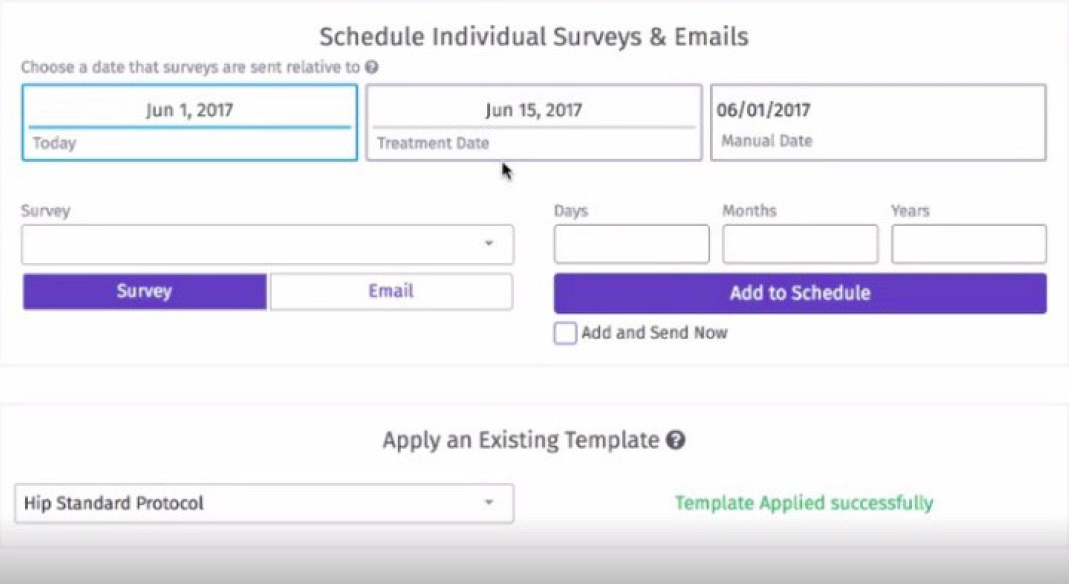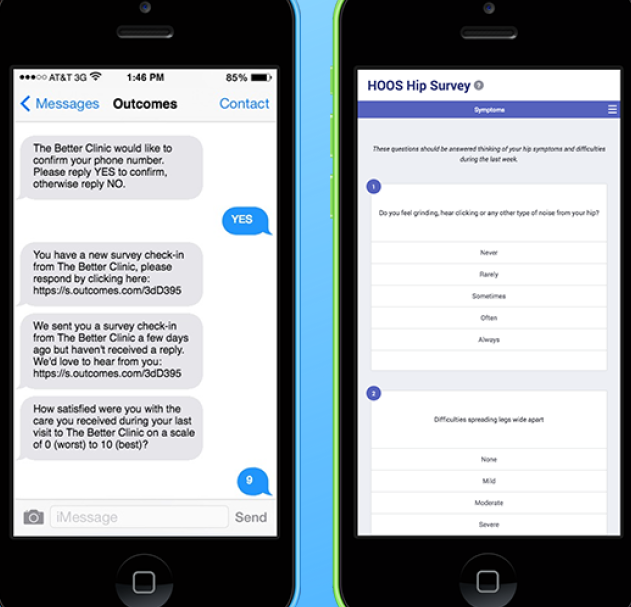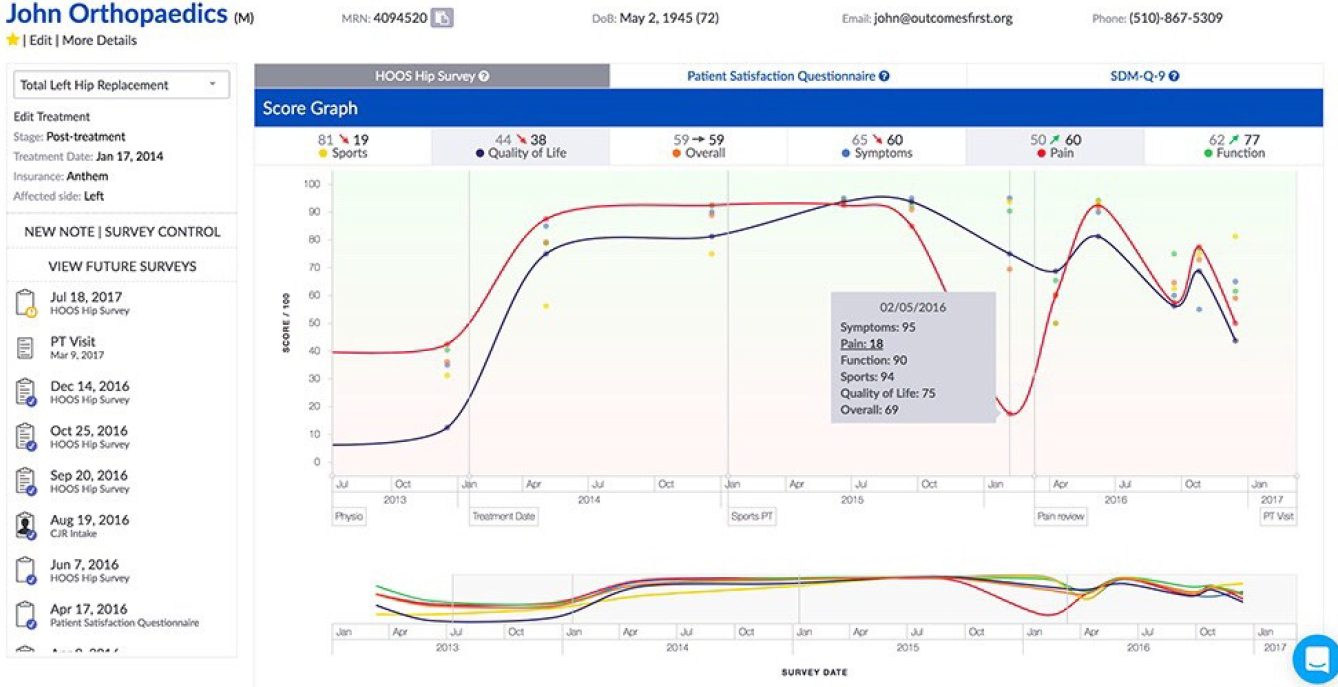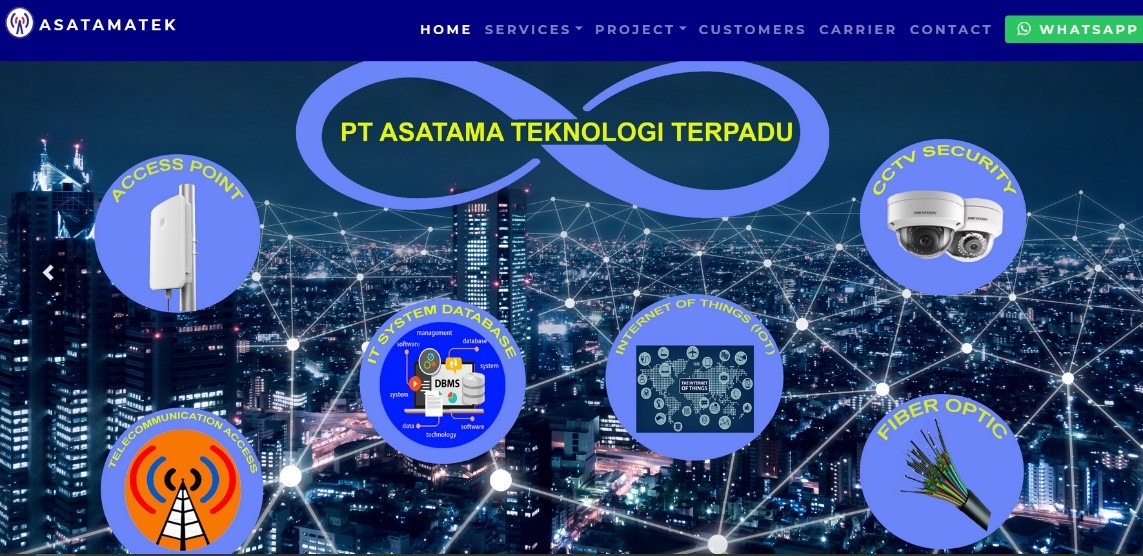Enterprise Resource Planning System (ERP)
Enterprise resource planning (ERP) is business process management software that allows an organization to use a system of integrated applications to manage the business and automate many back-office functions related to technology, services and human resources. Today, ERP systems are critical for managing thousands of businesses of all sizes and in all industries. To these companies, ERP is as indispensable as the electricity that keeps the lights on.
Why choose custom ERP system development?
<Off-the-shelf software buying and customization will always seem cost-effective and time-saving as a result of less up-front fees as well as save the time taken in the development process. Despite these advantages, the quality is what matters and building an ERP system from scratch is more likely to meet the systems’ requirements and functionalities. Is it worth starting custom ERP software development? We have already dealt with this question in our article dedicated to the advisability of building an ERP system from scratch. Read it if you want to learn more about that. The short answer is “Yes”
HOW TO APPROACH CUSTOM ERP DEVELOPMENT PROCESS
Custom systems are more advantageous in delivering the proper needs of business operations but this is usually in addition to an organized and step by step development process. Custom ERP software development is a procedural process that includes:
1. Defining the project’s goals
This is the vision of the ERP development process. It is usually described by the client to the developer, he/she explains what the system should deliver at the end of the development process. Eventually, the client and the IT experts should come to an agreement on what the end product’s functionality and features should be.
2. Developing a Blueprint and Wireframing
Just like in most operations, a blueprint acts as the basis of the whole process, therefore, it should be well detailed. The custom system blueprint contains complete information about the development process, timeframe, and the resources to be used. It is a document created by every individual involved with the target system. This includes the system developers (whether in-house or outsourced), organization managers, IT leaders, and at times the end user of the software. They are all essential in the creation of the master plan.
Wireframing involves stating the components involved in the custom ERP development process, is it the sales, HR, accounts, procurement and so on. This creates the foundation of which of the business operations and the data to be integrated with the system.
Where the system is to be hosted?
A customized system can be hosted on your local servers or on the cloud. The decision on where to host the system is usually based on enterprise finances and policies. Nevertheless, the cloud is a more advantageous host for the following reasons:
It does not require extra staff to work on the systems as needed in the maintenance of your own local server hardware
Cloud provides better and guaranteed data security for the data.
More affordable to small businesses as it requires less additional hardware, servers among other equipment.
Flexible for a company whose users may grow in time as the cloud can be easily scaled.
Implementation of applications
In addition, there are usually legacy canned applications that are used by the enterprise and are essential to their operations. ERP developers are required to consolidate the legacy applications to the system or otherwise create new applications.
This involves writing codes to develop the new applications but in the existence of the legacy applications, you can use similar components in the apps for re-configuring. A developer has a great deal of work as there are some important pieces of software to the enterprise that must be retained while some of them are vintage and require massive re-configuring.
UX/ UI development
At this part developers majorly work with protocols to create presentation platforms for users. A developer has to create a front-end that will convert the data language to the user language as well as use XML for neutral dialects.
